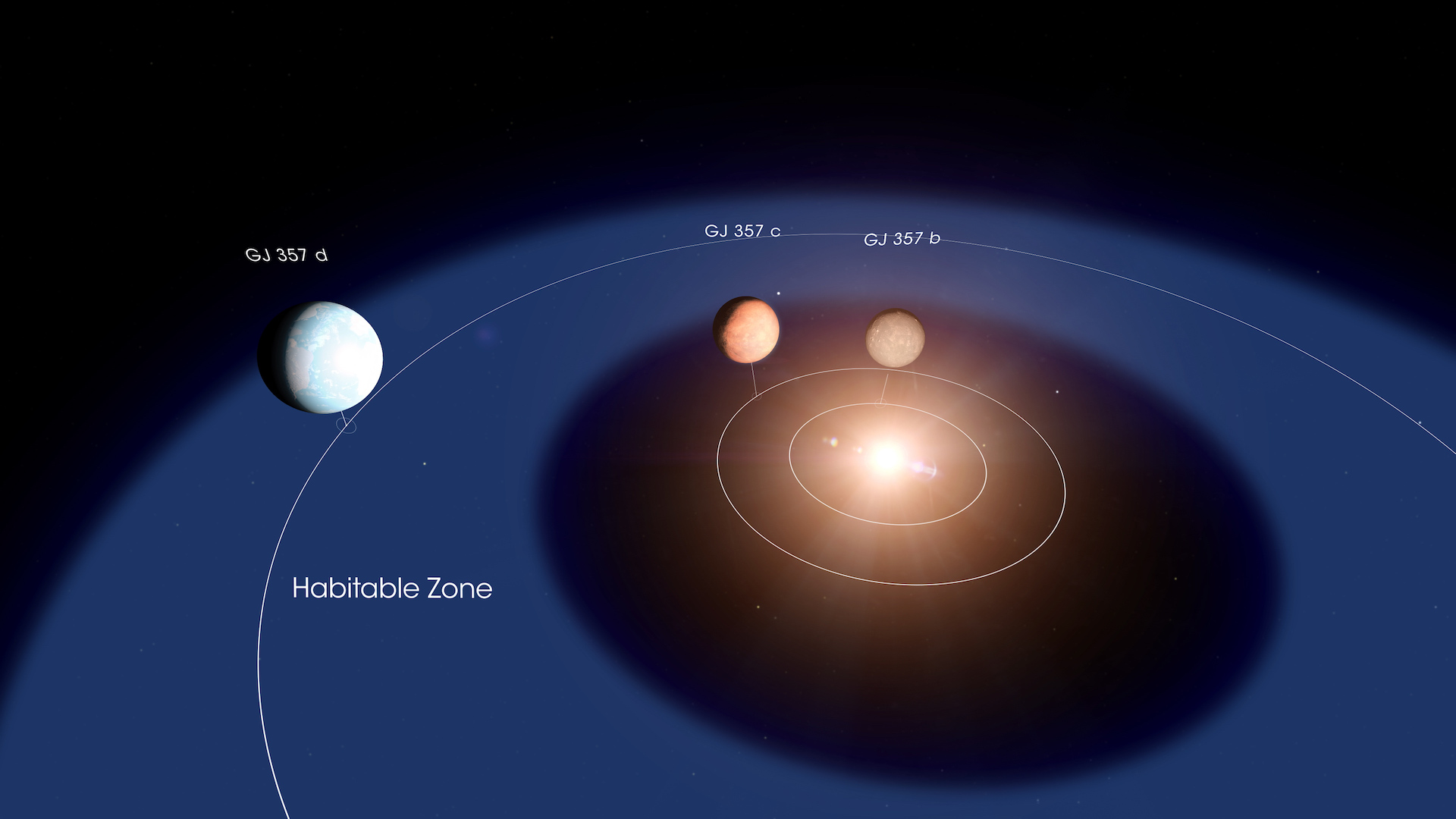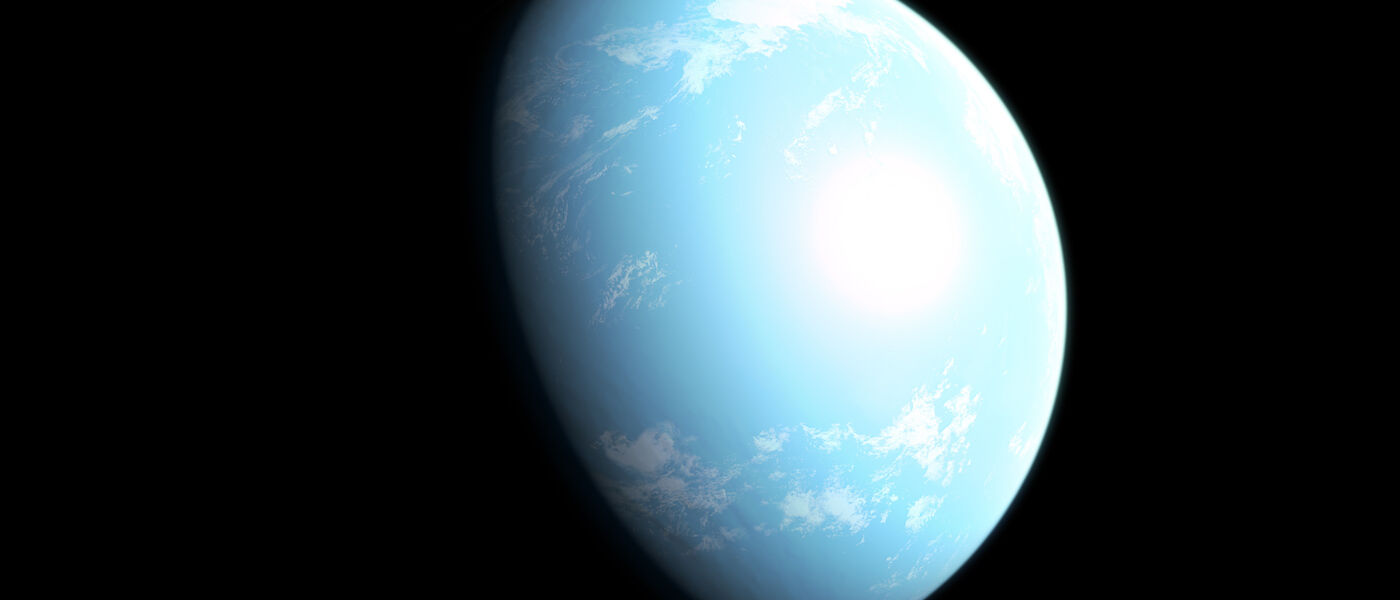NASA’s TESS mission has found its first potentially habitable world

Last year, NASA launched TESS – the Transiting Exoplanet Survey Satellite – on a mission to search for exoplanets. Now, NASA has announced that TESS has spotted its first potentially habitable world!
Named “GJ 357 d,” this “super-Earth” is approximately six times more massive than our own planet. It orbits a dwarf star about one-third the size of our own sun.
Located in the GJ 357 system, “GJ 357 d” is one of only three planets in the system located in the habitable zone – a region around a star that enables liquid water to exist on rocky planets.

The buzz around the discovery is not only due to the planet’s habitability, but also its accessibility, located only 31 light-years away (merely “a hop, skip and a jump in cosmic terms”). Out of more than 4,000 exoplanets discovered by TESS, “GJ 357 d” is the first planet that meets habitable criteria within humanity’s reach.
“This is exciting, as this is TESS’s first discovery of a nearby super-Earth that could harbor life – TESS is a small, mighty mission with a huge reach,” said Lisa Kaltenegger, associate professor of astronomy and director of Cornell’s Carl Sagan Institute, who led the discovery.
It is possible that if “GJ 357 d” contains a thick enough atmosphere, it might someday become a new galactic vacation destination!
Interested in more space stories like this one? Check out LSC’s show, “Wonders of the Night Sky,” playing every day in the Jennifer Chalsty Planetarium, the biggest planetarium in the Western Hemisphere. A portion of the show is always set aside for LSC Space News Now stories.
